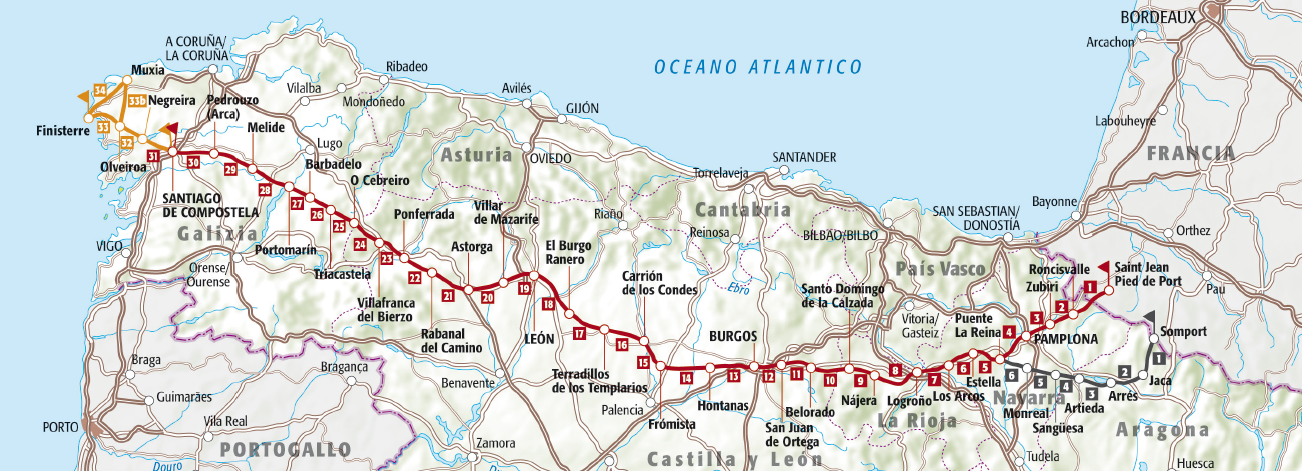 The Way of St James has been recognized as an European Cultural Itinerary in 1987 and classified as World Cultural Heritage by UNESCO in 1993 , as well as it states as one of the most important religious legacies of Europe. Tourism of Galicia tries to pay special attention to people with special needs and specific tourists groups like tourists with disability and so, The Way is open to all persons. The Way of Saint James is always a constructive option, where each person, in some way, manages to resituate himself, and relativize and revalue his existence.
The Way of St James has been recognized as an European Cultural Itinerary in 1987 and classified as World Cultural Heritage by UNESCO in 1993 , as well as it states as one of the most important religious legacies of Europe. Tourism of Galicia tries to pay special attention to people with special needs and specific tourists groups like tourists with disability and so, The Way is open to all persons. The Way of Saint James is always a constructive option, where each person, in some way, manages to resituate himself, and relativize and revalue his existence.
It is very significant that, in 2014, a hundred persons managed to finish the Way in wheelchairs. At the same time, this shows the firm commitment of Tourism of Galicia with the opening of the Way to all the persons, thus making it possible that everybody can address this experience, overcoming any limit or obstacle which initially might seem impossible to surmount.
Within the “SABER project”, the partner S-cape Travel, will develop two pilot packages along the “Way of St James” in Castilla and Galicia. After initial desk research on existing data related to accessible services and infrastructures, S-cape Travel – together with APTAA – will carry out two field tests in Galicia and Castilla y León in order to detect any logistical complications to be taken into account by tour operators who wish to include “accessible routes” in their portfolios. These field tests will result in the design of two pilot packages, which will then become part of a training programme for private and public suppliers. A final report listing the main accessible resources will summarize all the data gathered through desk research and field tests and present the major obstacles and critical points existing along the trails. This report will be shared and discussed at roundtable presentations with local comunities, in order to define the final “Chart of the accessible offer”.
The “Way of St. James” runs from Saint-Jean-Pied-de-Port on the French side of the Pyrenees to Roncesvalles on the Spanish side and then another 780km on to Santiago de Compostela through the major cities of Pamplona, Logroño, Burgos and León. The project will be focused on Galicia and Castilla y León Regions: the famous last 100km of the “Way of St. James”, which is compulsory for the Compostela certificate, are entirely inside Galicia; the Castilla y León Region covers the major part of the trail (total of 370km).
